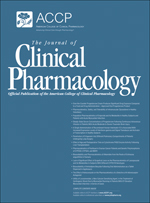:
“Spasticity in chronic spinal cord injury is a condition that can have negative repercussions on the patient’s quality of life. Its treatment is complex and sometimes the outcome is insufficient.
Cannabinoids have recently been used in multiple sclerosis to successfully treat spasticity that is refractory to other therapies.
AIM:
To quantify the clinical response of a group of patients with spastic chronic spinal cord injury to the orally administered drug delta-9-tetrahydrocannabinol-cannabidiol (Sativex ®) as medication for use in special situations.
RESULTS:
Fifteen patients took part in this study. A significant improvement was observed on three of the scales recorded: modified Ashworth scale (z = -2.97; p = 0.003), Penn spasm frequency scale (z = -2.76; p = 0.006) and Numeric Rating Scale (z = -3.21; p = 0.001).
CONCLUSIONS:
Sativex can be considered an alternative in patients with spasticity associated with chronic spinal cord injury for whom other therapeutic measures have been insufficient. Further studies need to be conducted before the use of this drug can be recommended and so as to define a complete profile of its long-term side effects.”









